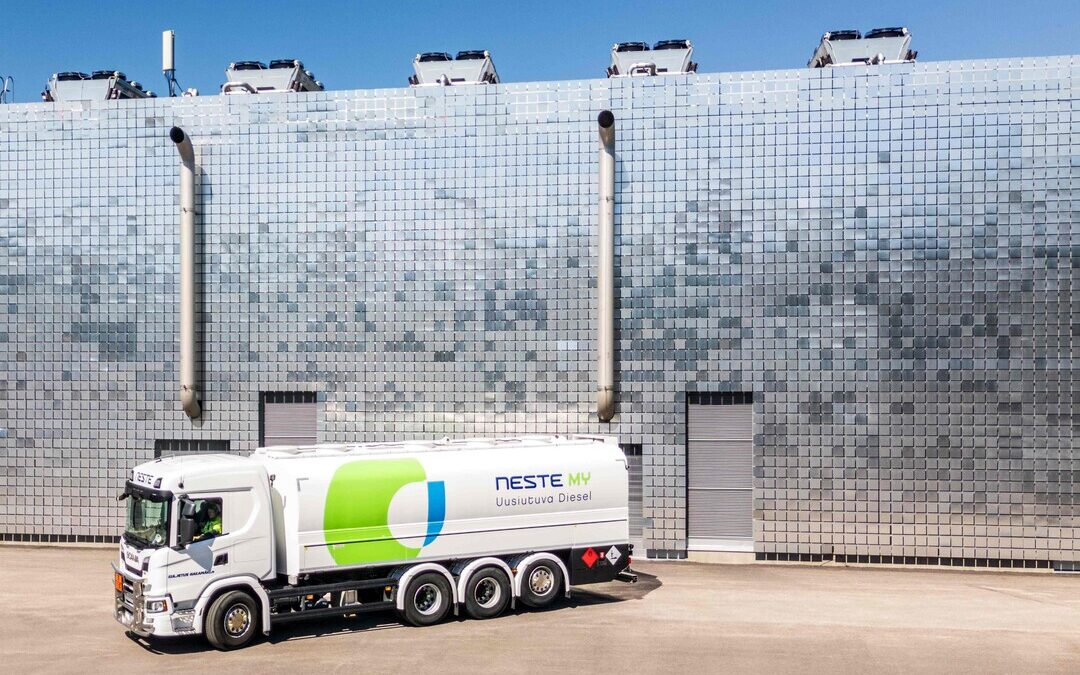Neste’s Renewable Diesel to Power Verne Data Centers in Finland
Neste’s renewable diesel is made from 100 percent renewable raw materials, such as animal fat from food industry waste and used cooking oil.
Finnish energy company Neste announced on Wednesday that data center firm Verne has started using its renewable diesel to transition from fossil fuel to clean energy.
According to a statement, Verne’s data centers in Helsinki, Pori and Tampere in Finland will use its MY Renewable Diesel to power their backup generators.
The switch to Nestle’s renewable diesel will help Verne reduce the greenhouse gas emissions from their backup generators by, on average, 90 percent over the fuel’s life cycle compared to fossil diesel.
Neste’s MY Renewable Diesel is made from 100 percent renewable raw materials, such as animal fat from food industry waste and used cooking oil.
The statement added that fuel is well suited for icy conditions as it can be stored in temperatures as low as -32 degrees Celsius.
Furthermore, Neste’s renewable diesel is ideal for backup power, as it can be stored for longer periods without impacting product quality, ensuring reliability during possible power outages.
“The switch to renewable diesel is a milestone for the company and our customers, as it means we will be able to eliminate fossil fuels from our operations in Finland,” said Kim Gunnelius, Verne’s Finland head.
While Verne will deploy the backup generators only during an extended power failure, the company will test them regularly.
“This partnership showcases the ease of switching from fossil diesel to Neste’s lower-emission renewable diesel, which can be done without compromising the performance or the reliability of the data center operations,” says Joni Pihlstrom, vice president of marketing and services at Neste.
Verne delivers sustainable data center solutions, and their four Nordic data centers – located in Iceland and Finland – are all powered by 100 percent renewable energy and are engineered for high-intensity workloads. In contrast, its central London data center handles latency and connectivity-sensitive applications.

